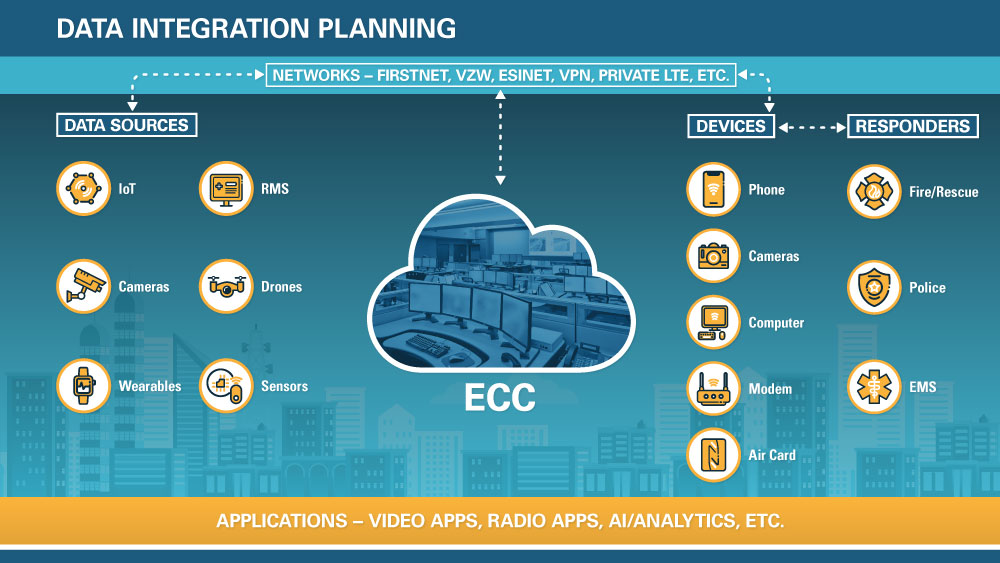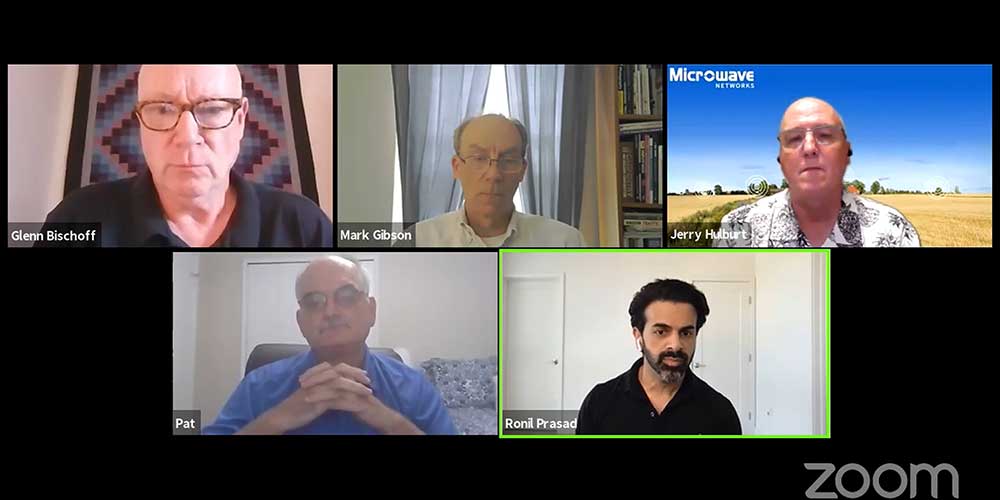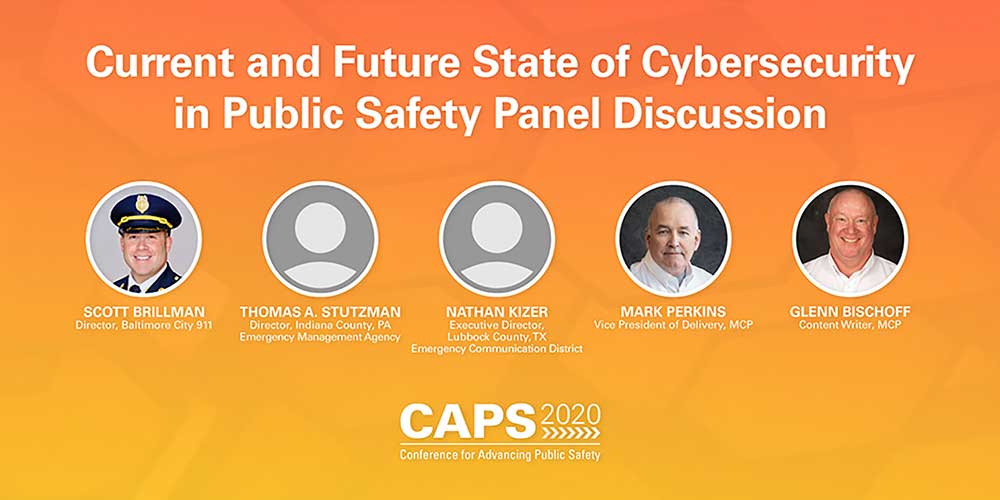Disruptive Technologies Are ‘Absolutely a Necessity’
In a session held during last week’s Conference for Advancing the Public Sector (CAPS), panelist Charles Werner stated that it is “absolutely a necessity” for public-sector organizations to pursue disruptive technologies. “It’s what makes us better,” said Werner, director of Drone Responders and the former chief of the Charlottesville (Virginia) Fire Department and former chair of the Department of Homeland Security’s SAFECOM committee.










